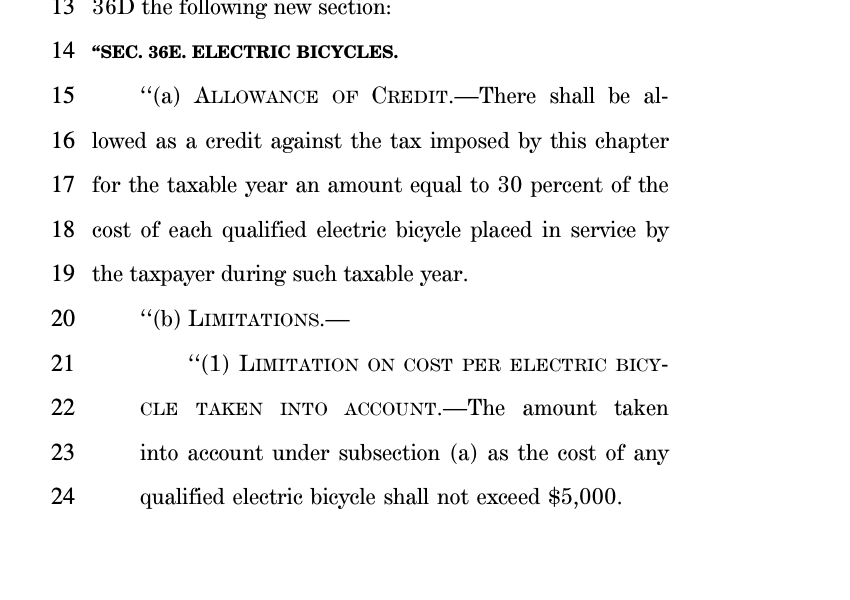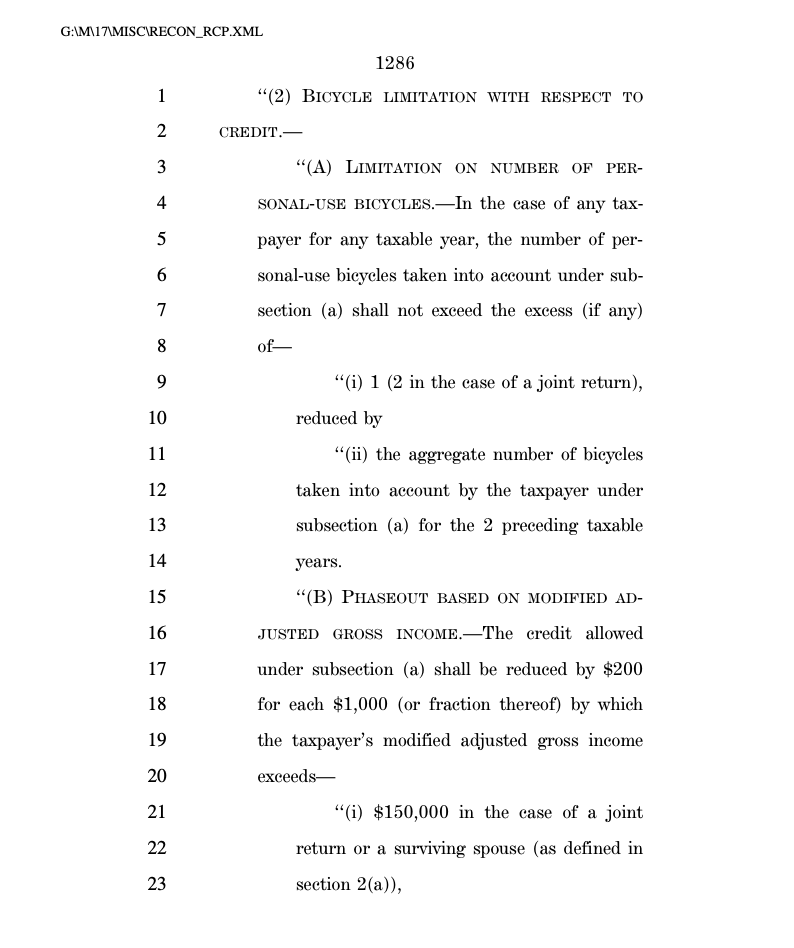
The newly-passed infrastructure bill could bring major - and very positive - changes to auto safety.
Example: The bill requires that autos be equipped with tech to detect when the driver is drunk (and prevent them from driving). The alcohol industry fought this hard.
[cont'd]
Example: The bill requires that autos be equipped with tech to detect when the driver is drunk (and prevent them from driving). The alcohol industry fought this hard.
[cont'd]

The bill also pushes USDOT to (finally!) update the New Car Assessment Program (crash test dummy program), to evaluate the risk that car models pose to pedestrians and cyclists -- who are currently completely ignored. 



Minimum performance standards for Advanced Driving Assistance Systems, addressing the wide (and confusing) disparities in what these systems can do right now. 



And something that should worry Tesla:
An explicit focus on driver monitoring systems, including examination of "foreseeable misuse" of ADAS systems (ahem, Autopilot).

An explicit focus on driver monitoring systems, including examination of "foreseeable misuse" of ADAS systems (ahem, Autopilot).


For context, this article explains how passive alcohol detection systems work. Also some stuff here about driver monitoring systems.
I wrote it a year ago, and frankly I'm stunned to see this much progress on auto safety tech in a single bill.
bloomberg.com/news/features/…
I wrote it a year ago, and frankly I'm stunned to see this much progress on auto safety tech in a single bill.
bloomberg.com/news/features/…
And here's more info about the NCAP program, which -as Congressional Dems recognize - is in dire need of an overhaul.
bloomberg.com/news/articles/…
bloomberg.com/news/articles/…
More good stuff for cyclists and pedestrians:
The infrastructure bill instructs USDOT to conduct research "focused on incorporating bicyclists and other vulnerable road users into the safe deployment of connected vehicle systems."
The infrastructure bill instructs USDOT to conduct research "focused on incorporating bicyclists and other vulnerable road users into the safe deployment of connected vehicle systems."

To be more specific, the American Beverage Institute lobbied hard against the infra bill's alcohol detection provision.
Also, much of the auto industry wanted this tech to be optional instead of mandatory on new cars, which would've defeated its purpose.
Also, much of the auto industry wanted this tech to be optional instead of mandatory on new cars, which would've defeated its purpose.

Strange but true:
The infra bill instructs USDOT to add pedestrian and cyclist safety to NCAP crash ratings.
Meanwhile, Build Back Better would incentivize heavy, tall e-trucks and SUVs ($80k cap for a $12.5k rebate) over safer sedans ($55k cap).
The infra bill instructs USDOT to add pedestrian and cyclist safety to NCAP crash ratings.
Meanwhile, Build Back Better would incentivize heavy, tall e-trucks and SUVs ($80k cap for a $12.5k rebate) over safer sedans ($55k cap).
https://twitter.com/DavidZipper/status/1456315858033258498?s=20
Just noticed this: The infrastructure bill instructs USDOT to update federal crash data to identify people who were riding a bicycle or scooter.
That change could dramatically improve info available about streets and roads that are most dangerous for vulnerable road users.
That change could dramatically improve info available about streets and roads that are most dangerous for vulnerable road users.

• • •
Missing some Tweet in this thread? You can try to
force a refresh


















